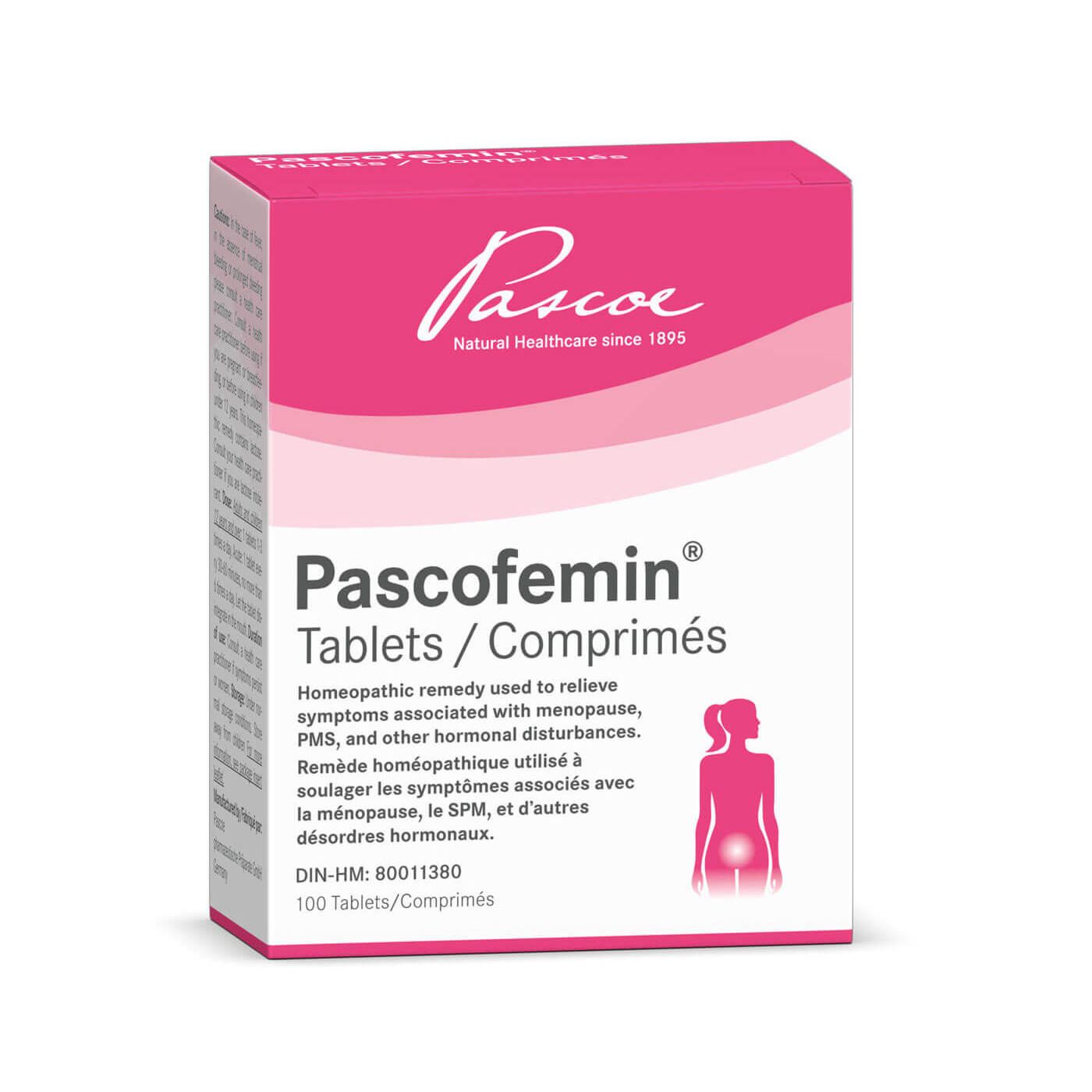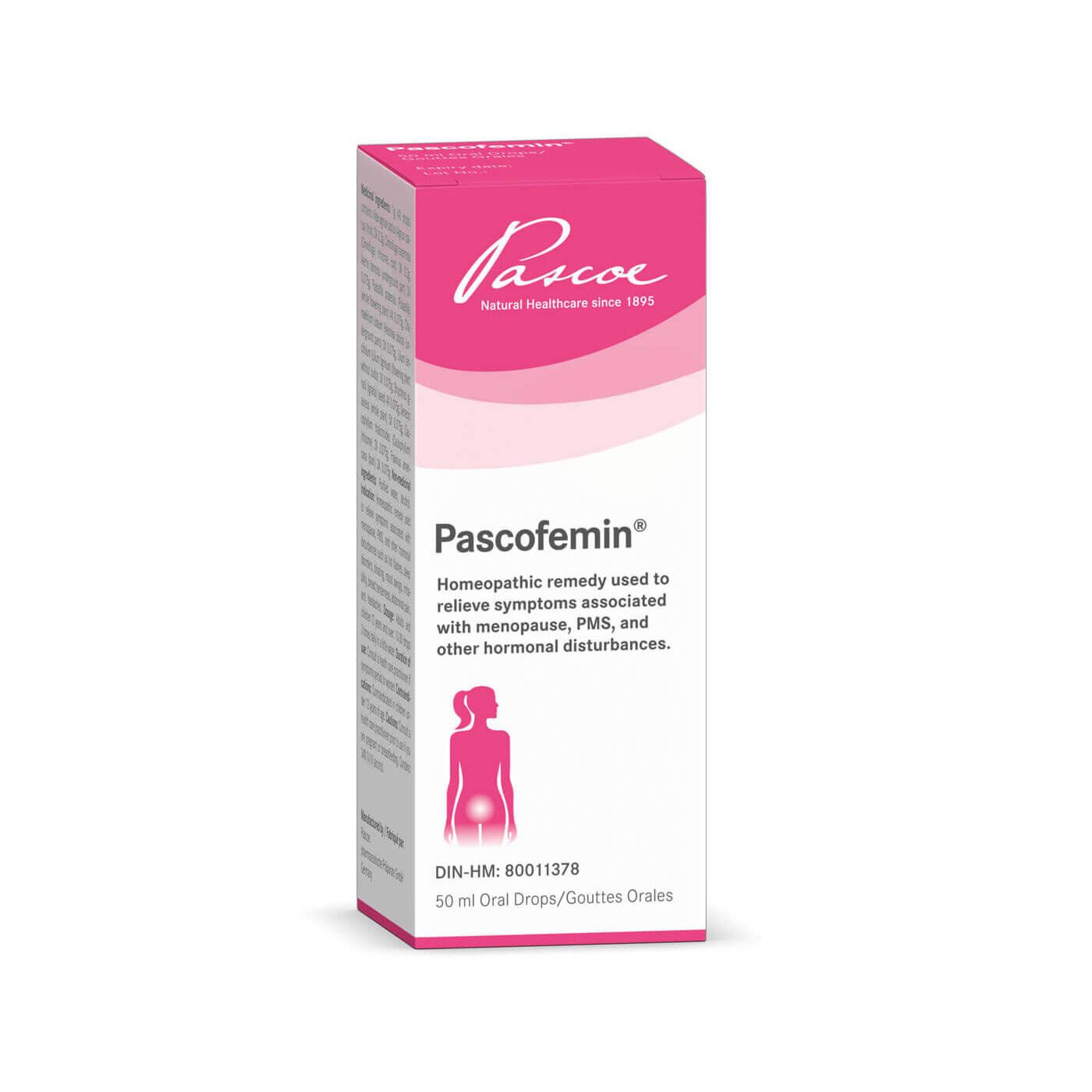

By Dr. Alexandra Sisam ND | Updated by Birgitta Kautz
Menstrual Disorders
Menstruation is the monthly bleeding from the uterus. It is the result of the hormonally controlled female fertility cycle. The terms menstruation, menorrhea, menses, and period all mean the same thing.
The first menstruation occurs in puberty and is referred to as menarche. The last occurs during the change of life and is called menopause.
Ideally, the cycle lasts for "one lunar cycle", which means 28 days. However, it varies from individual to individual. Less than 23 days is referred to as polymenorrhoea and more than 35 days as oligomenorrhoea.
The monthly cycle is based on the build-up and subsequent shedding of the uterine lining. The uterine mucous membrane serves to receive and nourish the egg cell. If the egg cell is not fertilized, the lining of the uterus is shed again. This results in bleeding that lasts for around 5 days.
The mucous membrane then builds up again. During this build-up phase, many egg cells mature within follicles in the ovary. During ovulation, one mature egg is released and enters the fallopian tube. There it can be fertilized for about 48 hours.
If fertilization occurs, the fertilized egg cell implants in the uterus and grows into an embryo. If fertilization does not occur, the uterus lining is shed again with the next menstrual period. Then, the cycle starts again.
This complex process is controlled by various hormones. One type is called estrogens. They are produced by the follicles and stimulate the build-up of the uterus lining.
After ovulation, the ruptured follicle becomes what is known as the corpus luteum. This transformation is triggered by the so-called luteinizing hormone (LH). The corpus luteum also produces a hormone, it is called progesterone.
The process of hormone production is controlled by the pituitary gland and the hypothalamus. Both are in our brains and thought of as the command centre. They release a type of hormone known as a follicle-stimulating hormone, or FSH for short. FSH stimulates the maturation of follicles and helps control the menstrual cycle.
Menstrual problems are normal. Hormonal interaction, which is responsible for a regular menstrual cycle, is affected by many factors. This is because our centre in the brain controls many processes in the body via hormones. These hormones as well as other signalling and messenger substances influence each other.
Other hormones and messengers can also affect the menstrual cycle - especially stress and thyroid hormones. Here is an example: a high level of estrogen in the blood increases and prolongs the release of stress hormones. This explains why women are more sensitive to stress at times than men. Or why they often experience greater inner stability after menopause.
Factors that can intensify menstrual problems include:
- Acute or chronic medical conditions
- Disrupted balance of hormonal levels (thyroid)
- Psychological stress
- Physical stress (competitive sport, climate change)
- Diet (extreme diets and poor diets)
- Environmental toxins, stimulants, and medications
Common menstrual disorders range from an irregular menstrual cycle through mood swings in the days leading up to your period to menstrual cramps.
Other types of menstruation conditions are:
- Disorders of cycle length: cycle is too short or too long
- Disorders of flow: too light or too heavy menstrual bleeding
- Premenstrual syndrome (PMS)
- Dysmenorrhoea (period pain)
- Amenorrhoea (absence of a period)
Practically every woman is familiar with period pain, also known as dysmenorrhoea. It occurs during bleeding and may last for hours to days. Some women suffer from cramps in the lower abdomen, and others from back pain. Headaches may also occur.
Around 15% of women with menstrual disorders describe their dysmenorrhoea as severe. The symptoms can make periods distressing but are usually not a cause for medical concern.
Sometimes, pathological changes in the lower pelvis may cause abdominal cramps and low-back pain. These include adhesions, myoma, and endometriosis.
Endometriosis is a condition where tissue similar to endometrial tissue (the tissue that lines the uterus) develops outside of the uterus. It is also shed during the menstrual period. This can lead to heavy cramps or abnormal uterine bleeding.
However, in most cases, no organic changes can be identified. These cases are known as primary dysmenorrhoea.
It is then assumed that the balance between estrogen and progesterone is not optimal. Due to this, too many messengers (especially prostaglandins) are released that promote the shedding of the mucous membrane. But they also stimulate the sensation of pain.
Treatment options for primary dysmenorrhoea include pain relievers and contraceptive pills (oral birth control pills). If the period pain is caused by disorders such as endometriosis, surgical procedures might help.
Risk factors that promote period pain include:
- Early first menstruation (period starts before the age of 12)
- Low body weight (BMI below 20)
- Psychological pressures (stress, anxiety)
- Family history
- Unhealthy lifestyle (smoking, alcohol)
PMS refers to the emotional and physical symptoms that occur in the days before menstruation. These include mood swings, breast tenderness, feeling irritated, food cravings, and more. The symptoms disappear when menstruation starts.
Approximately every third of women suffer from such symptoms - this is also often noticed by those around us.
PMS is a neuroendocrine disorder. This means it is triggered by an imbalance in the regulatory system of hormones and neurotransmitters. The sex hormones that control the menstrual cycle affect many other hormones and messengers. This includes the happiness hormone serotonin and the calming neurotransmitter GABA.
The fluid balance is also affected by the particular hormone combination in the last phase of the cycle before menstruation. Therefore, mood swings, sleep disorders and fluid retention occur in the days leading up to menstruation.
Premenstrual dysphoric disorder (PMDD) is a severe form of PMS. It can disrupt daily life and needs treatment.
Here are some tips and home remedies to help you relieve period pain and other symptoms:
- Avoid intense physical exertion during menstruation
- Take short walks and do exercises that relieve menstrual cramps and are relaxing
- Relieve cramp-like pain by applying heat:
- Hot-water bottle
- Moist-warm compresses
- Cherry stone pillows
- Take a Melissa bath
- Avoid stress: Learn and practice a relaxation technique (e.g., yoga, meditation, autogenic training)
- Use the power of medicinal plants in the form of herbal teas – especially with yarrow and lemon balm (melissa)
- If you are prone to fluid retention and breast pain: Eat preferably low-salt, light foods before and during menstruation. Also, avoid animal products
- Eat rather light, easily digestible foods that are high in fibre during menstruation
When should you see a doctor?
If menstrual disorders occur regularly, they impact the quality of life but are usually not a cause for concern. However, you should consult a doctor if menstrual complaints, spotting, and changes in the flow intensity or duration occur all of a sudden. There are usually causes that should be clarified by a doctor.




